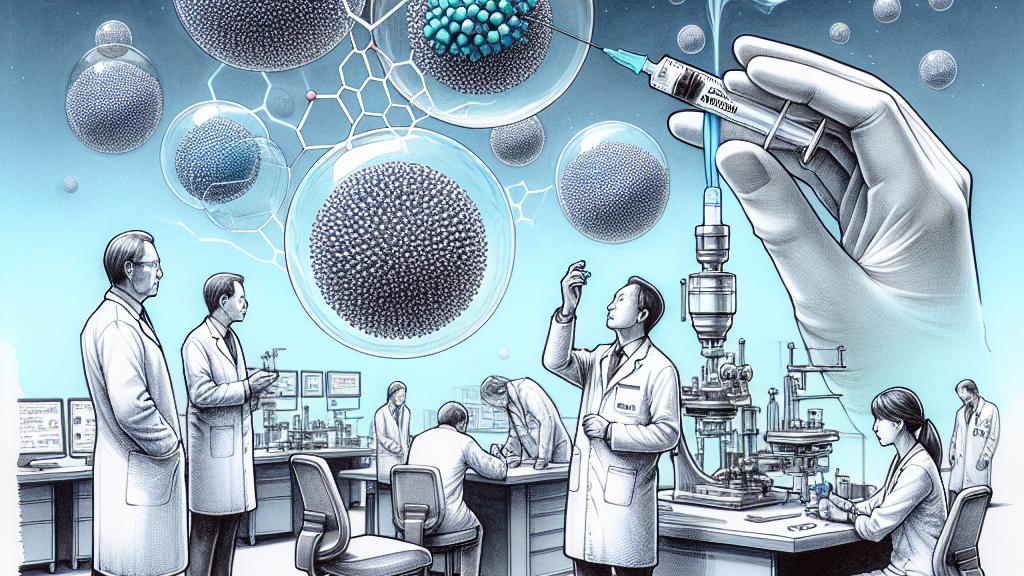Advancements in Inhalable mRNA Medicine through Lipid-Polymer Nanoparticles
Overview
- Inhalable mRNA therapies aim to replace traditional injections with a more comfortable, effective alternative.
- Innovative lipid-polymer nanoparticles improve the stability and targeted delivery of mRNA to lung cells.
- Recent animal trials show extraordinary promise for treating respiratory diseases through inhalation.

Revolutionizing Medicine Delivery
Imagine a world where needles are a thing of the past—a dream fast becoming reality in the realm of U.S. biotechnology. Pioneering researchers are developing groundbreaking inhalable mRNA therapies that could transform how we perceive vaccination and treatment. A fascinating study published in the Journal of the American Chemical Society uncovers lipid-polymer nanoparticles designed for efficient drug delivery. Rather than suffering through painful needle pricks, patients may soon breathe in their medications, marking a major leap in patient comfort and compliance. This shift not only enhances the treatment experience but revolutionizes how we may combat diseases like COVID-19.
Stability Meets Innovation
The heart of this innovation lies in the clever use of zwitterionic polymers, which lead to the creation of exceptionally stable lipid nanoparticles. During initial tests, these nanoparticles exhibited impressive resilience; they maintained their shape and size even when aerosolized—a crucial factor for effective inhalation delivery. In breakthrough animal trials, scientists found that a low-cholesterol version of these nanoparticles could deliver mRNA encoding a luminescent protein, resulting in vibrant fluorescence in the lungs. This remarkable achievement holds promise for treating lung diseases, including difficult conditions like cystic fibrosis, where effective delivery is critical. The notion that inhalation could become a reliable route for such therapies has revolutionized perspectives in medical research.
Looking Ahead: Broader Applications
As this research continues to gain momentum, the future appears exceptionally bright. Plans for upcoming trials involving larger animal models are already in the works, with innovative companies like PopVax launching next-generation mRNA vaccines for human testing. The implications of inhalable mRNA therapies stretch far beyond just addressing viral infections; they may usher in new avenues for cancer treatment and more. Consider the possibilities: by effectively delivering life-saving medications through simple, painless inhalation, we can profoundly change our approach to healthcare. This isn’t merely a technological advancement—it represents a holistic shift toward better patient experiences, where comfort seamlessly aligns with cutting-edge medical solutions.

Loading...